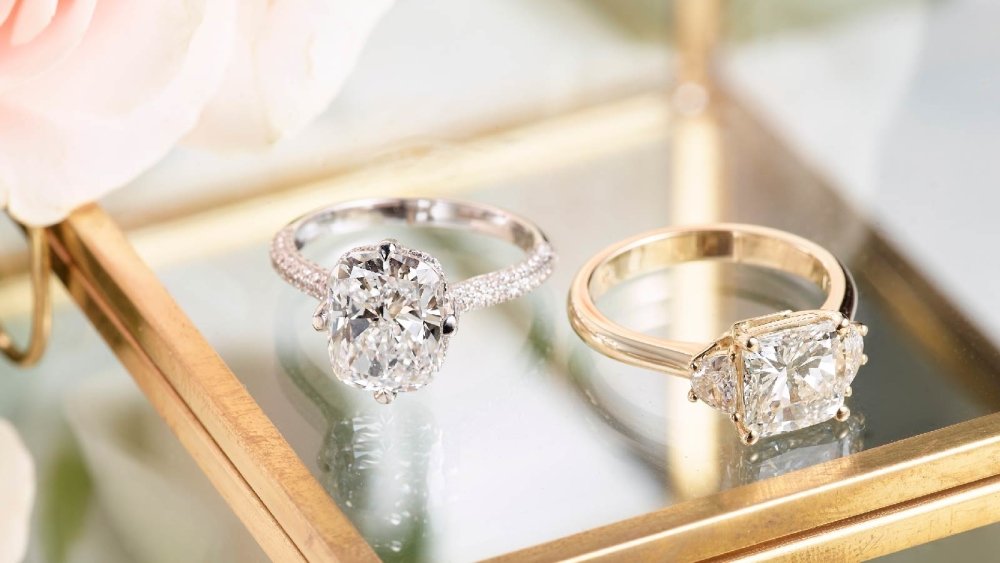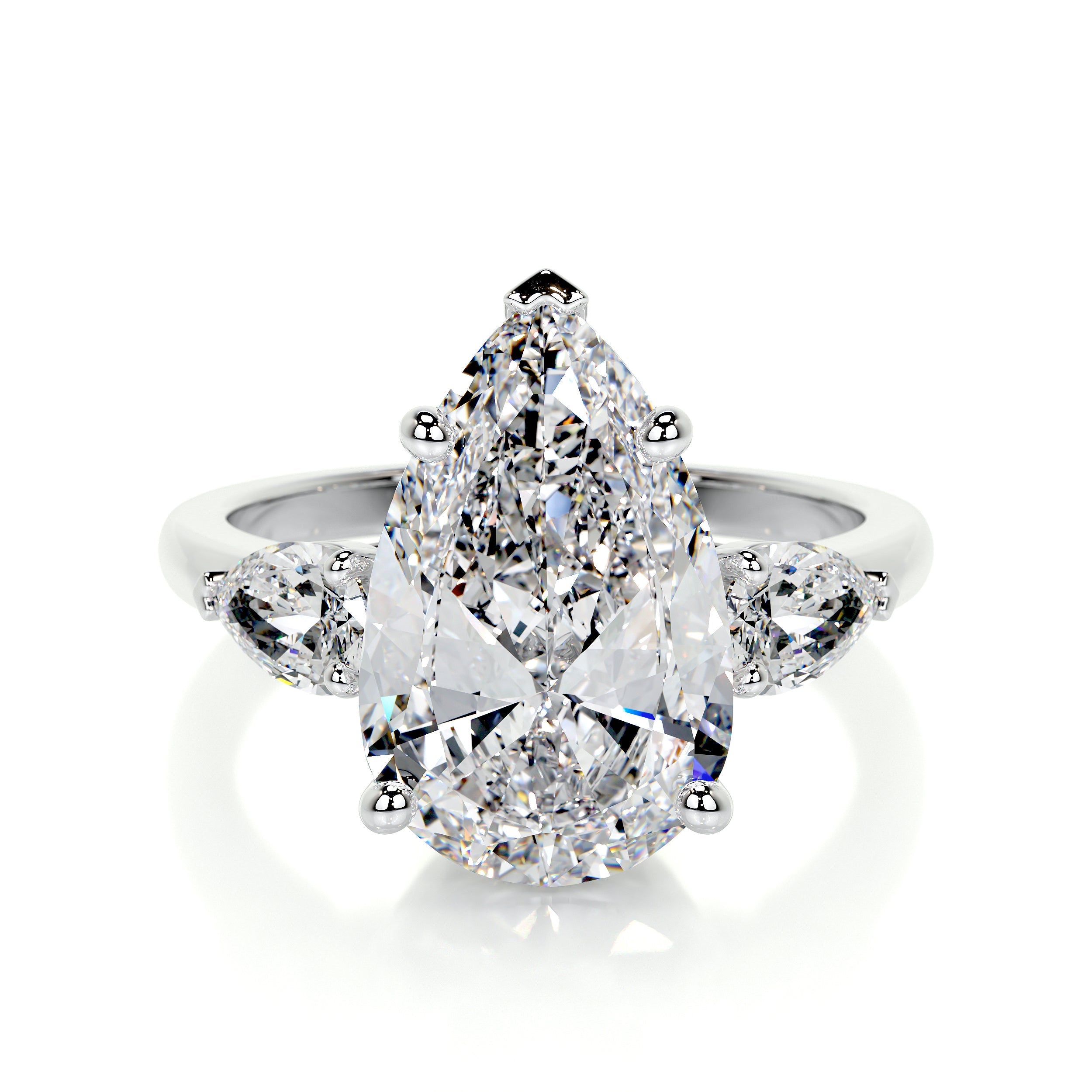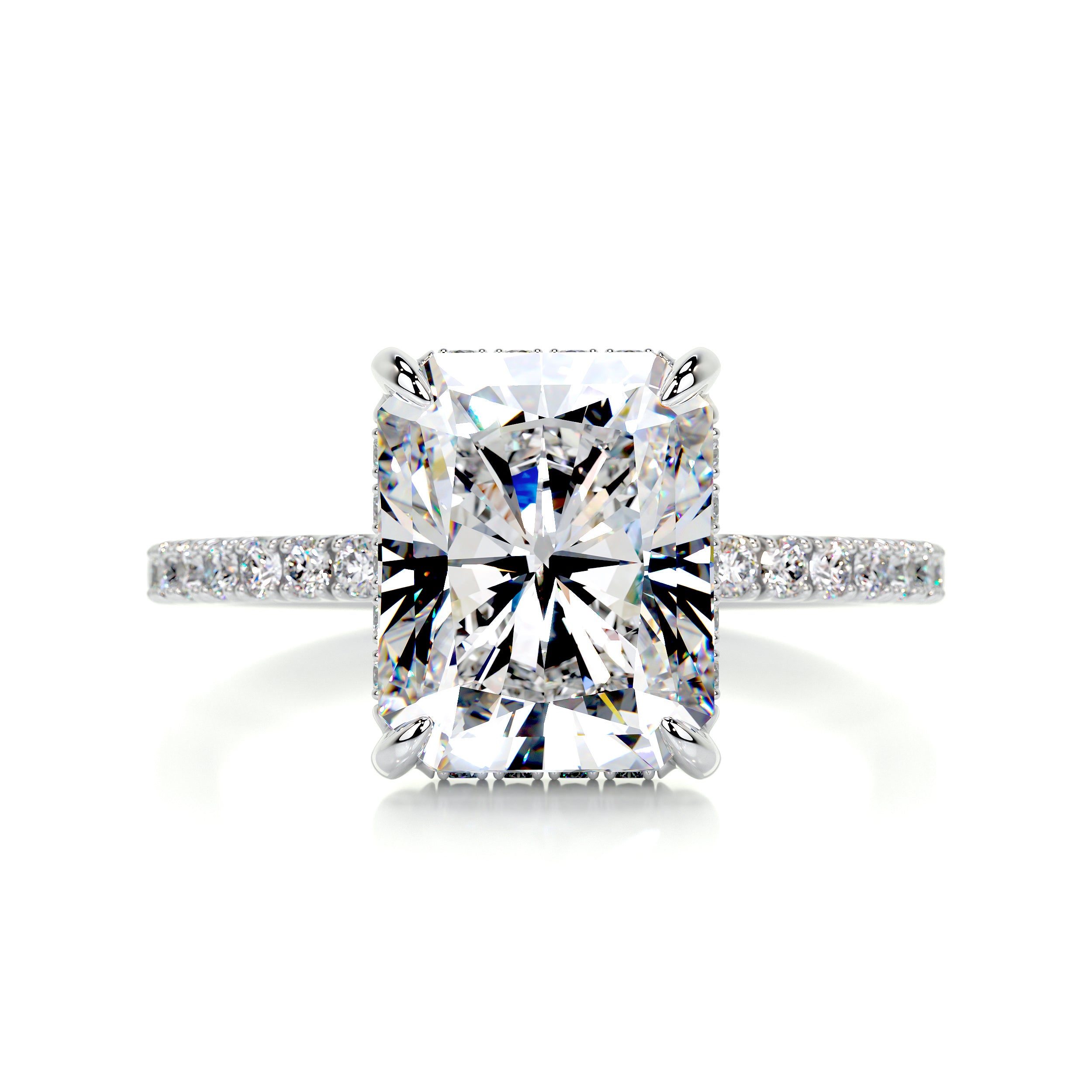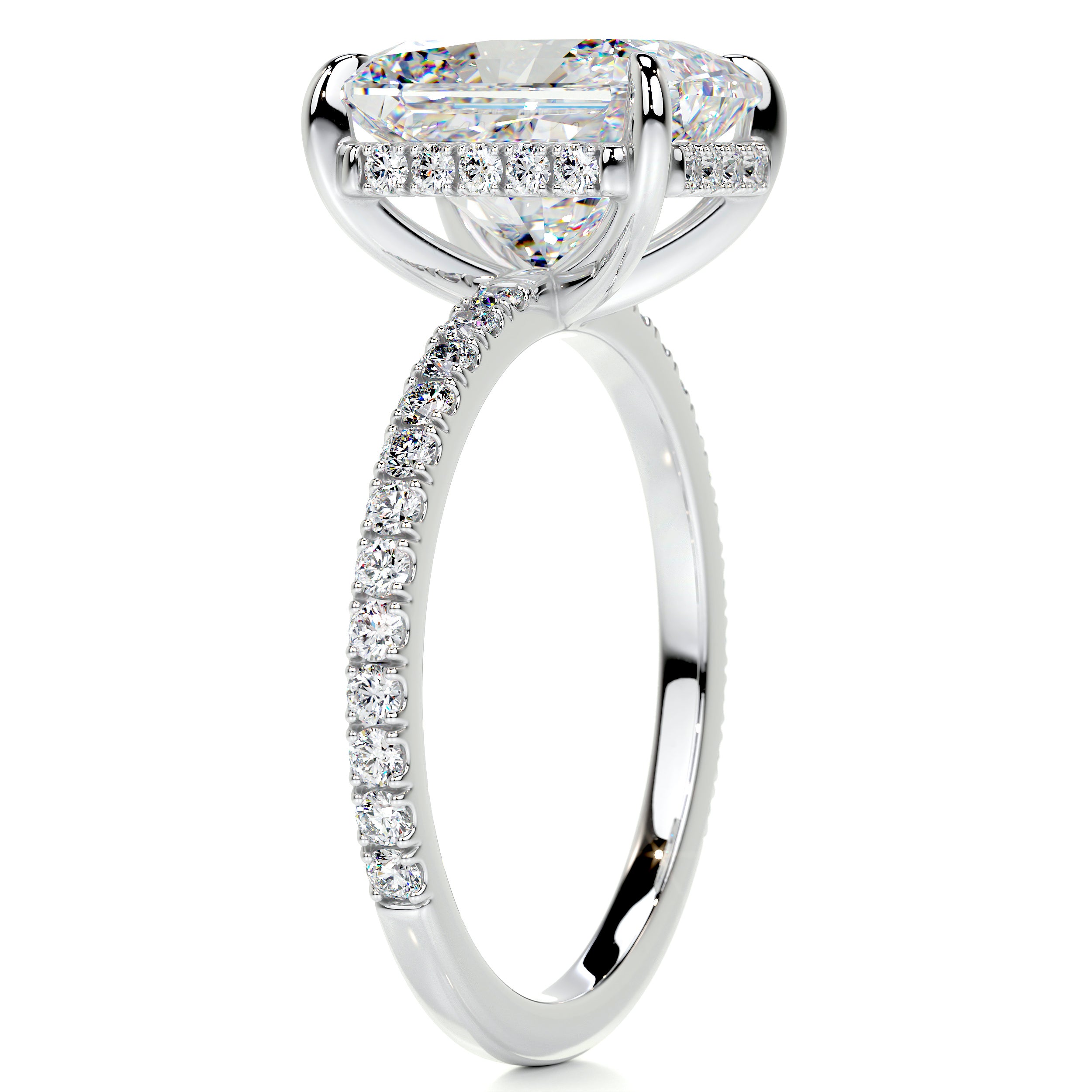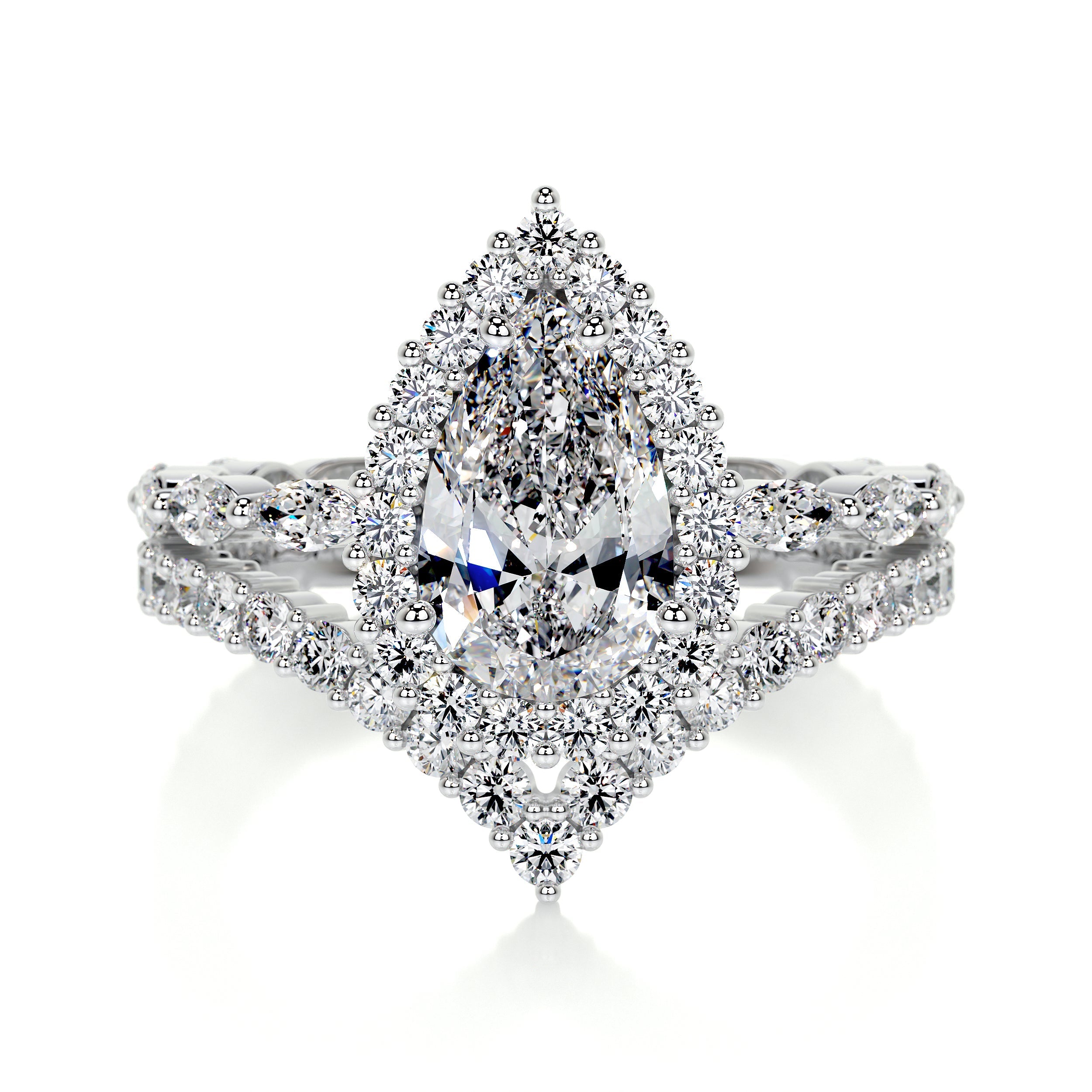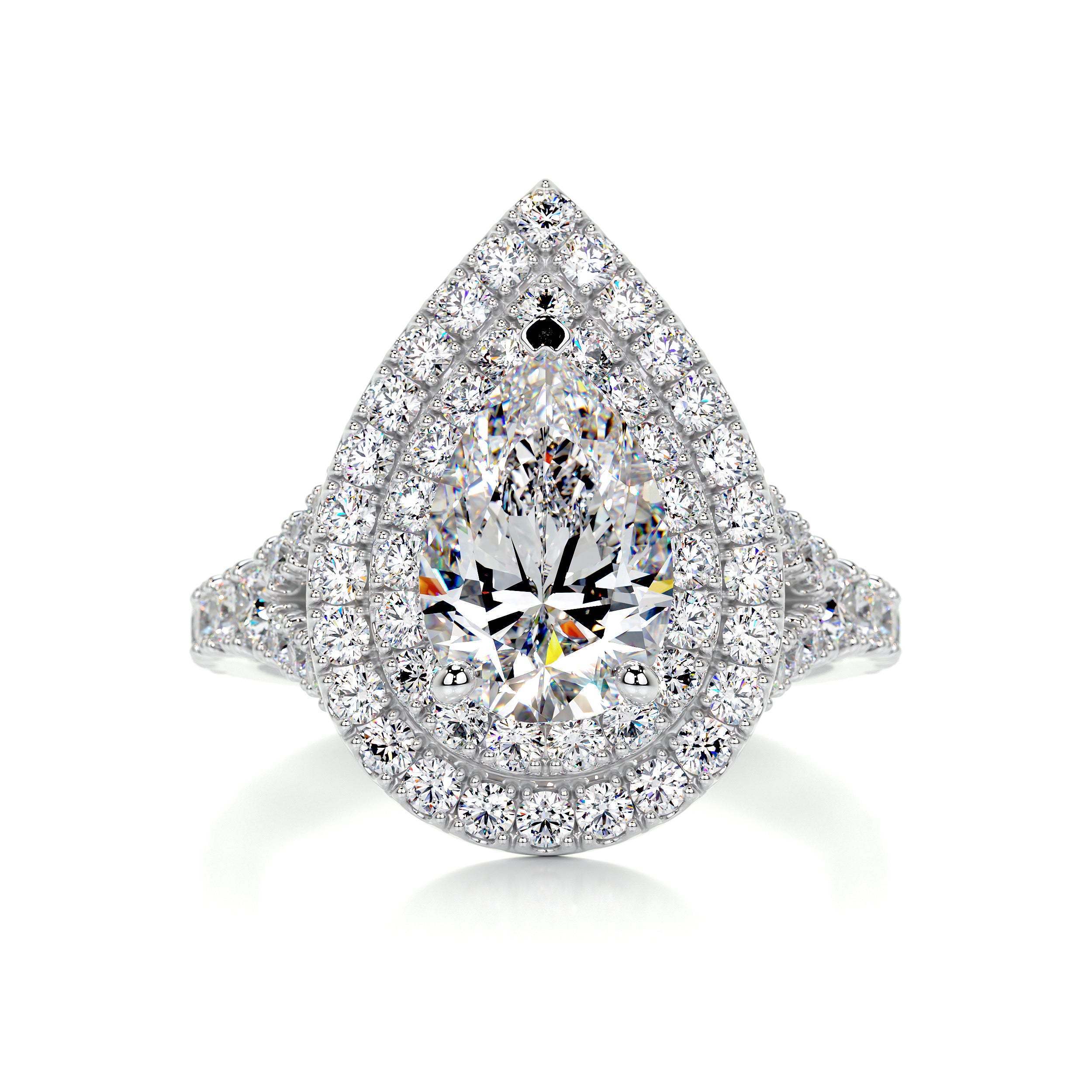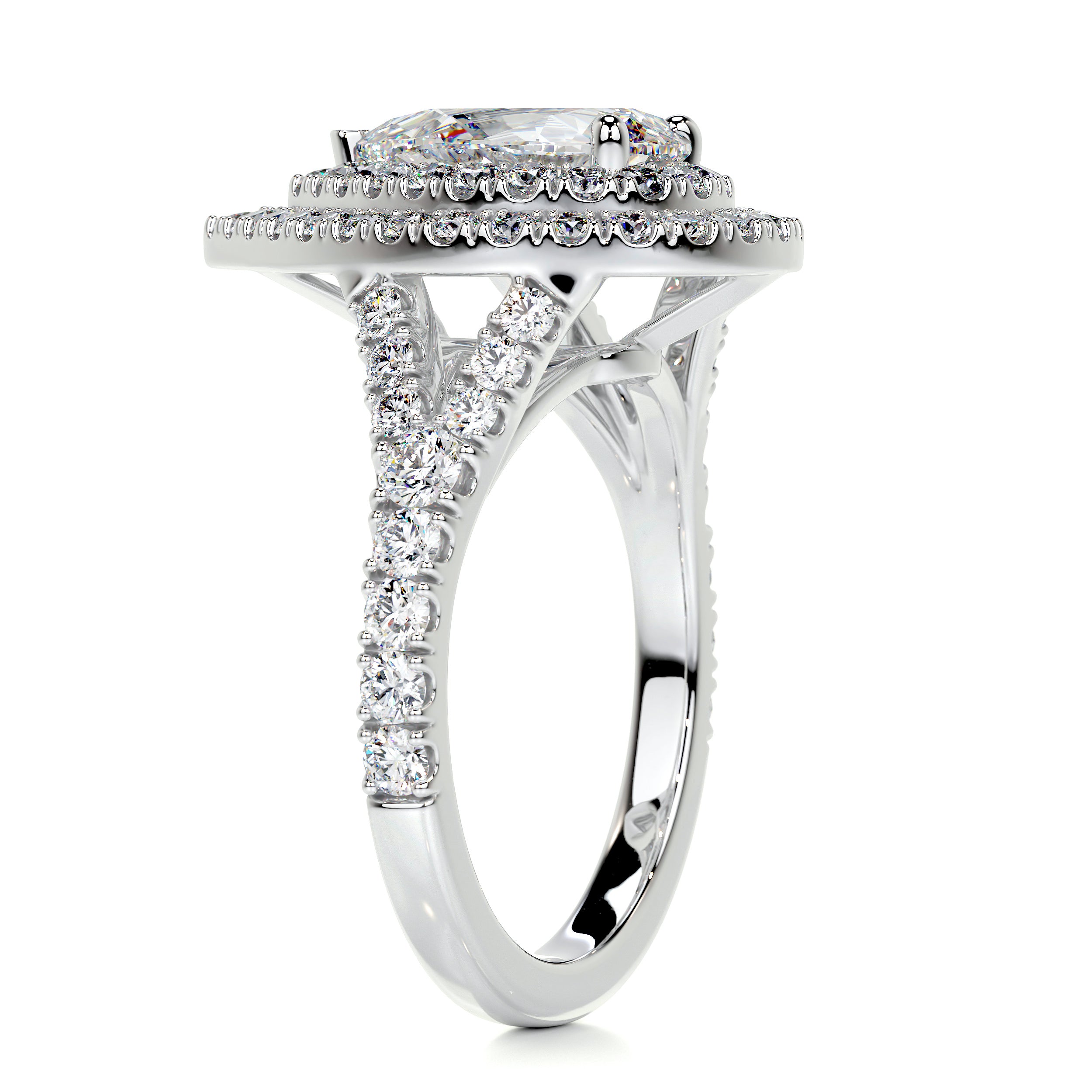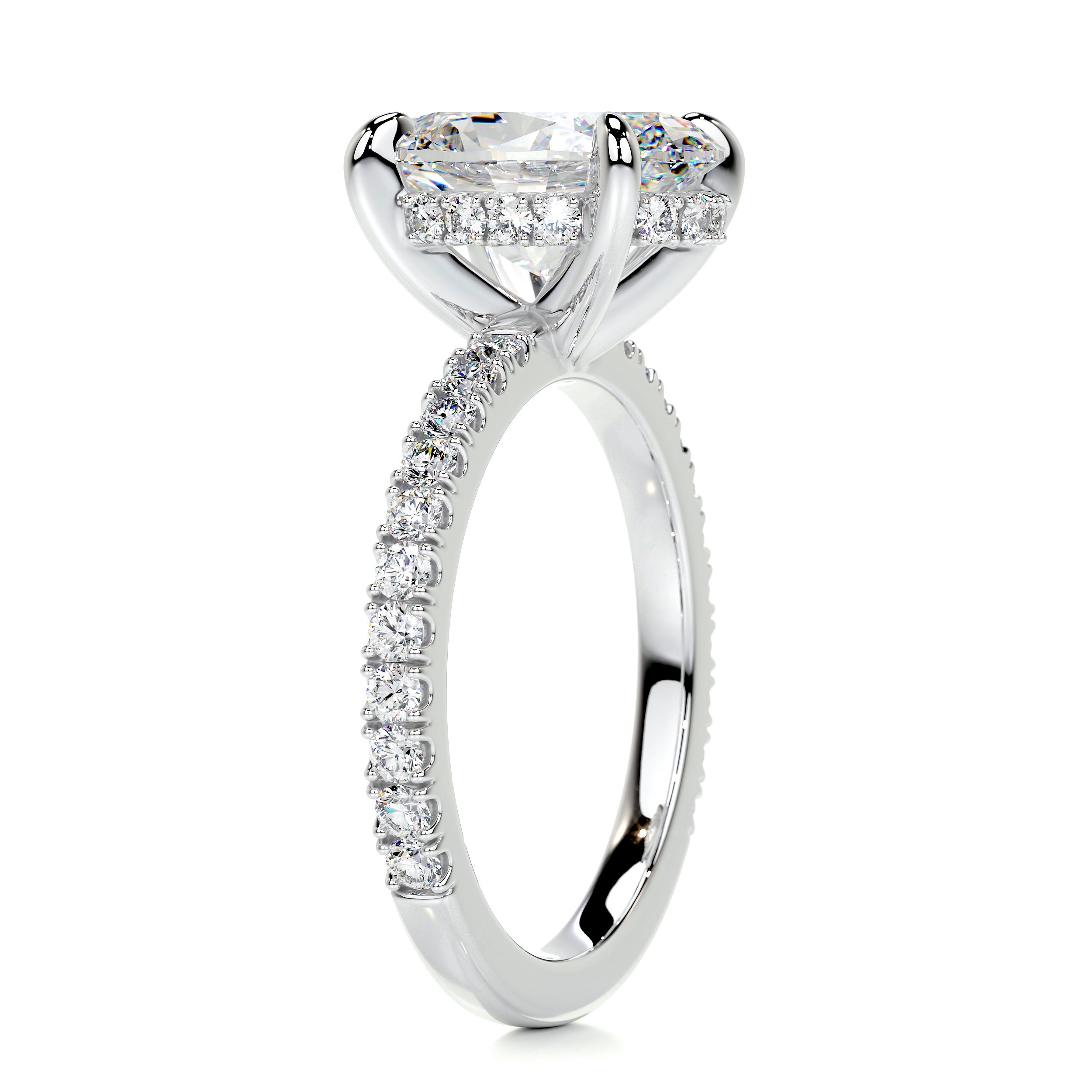It’s not unusual for engaged couples to be curious about what color gold to choose for their engagement rings and wedding bands. That’s because you are making a selection that you’ll wear every day for the rest of your lives. You want to love the rings forever, and you also want to feel that they represent your taste and will look as stylish years from now as the day you bought them. That’s a tough choice, isn’t it? The first thing we often hear is ‘should we get yellow gold or white gold?” And those are logical concerns. We should look at the differences in those attractive gold colors—both yellow and white. There are pros and cons to each metal type. So, it’s a good idea to do some thinking about each gold type before making your ring choices.
A retailer will often put the question back to the couple—what color metal do you prefer? The bride will likely already own several pieces of fine jewelry. What color of gold does she already collect? Those are important questions because obviously, you want your bridal jewelry to look compatible with other jewelry that you will be wearing.
Besides personal taste, is there a difference between yellow gold and white gold? Is one gold type better than the other? Let’s review each type of gold separately—in the end, we never want to tell you WHAT to choose—but rather tell you the traits of each so you can think it through. The choice is yours.
Why choose between yellow gold and white gold?
Gold as it’s found in the earth would be referred to as being in its purest form. We express that in karats. So, pure gold is 24 karats, however, it is too soft for making jewelry. It is so malleable that it will lose its shape even under normal use. To make gold suitable for use in jewelry manufacture, pure gold is alloyed with a variety of harder metals to strengthen it. It can also change the color of the gold depending on the metals used and in what combination and proportion. Sometimes gold is alloyed with nickel, a whiter metal, or even the very heavy platinum which lends a boost to its strength and durability.
When it comes to creating a lovely white gold wedding rings, selected precious metals like platinum, nickel, zinc, and palladium are typically added to its composition. Manufacturers may vary the proportion of these various alloyed metals depending on the type of jewelry to be made. For instance, a ring gets heavy use and wear, because it might be treated (unintentionally) rougher with day-to-day use. Bracelets can also take a beating – even when one wants to be careful with their fine jewelry. Earrings and pendants don’t get as rough treatment even if they are worn routinely.
No matter how the manufacturer alloys the metal to arrive at white gold, it still exhibits a tinge of yellow. For the goldsmith to get the desired true white appearance, white gold takes a beauty bath in rhodium plating to produce that enviable finished piece with a gleaming, glossy coating.
When it comes to alloying yellow gold for both strength and beauty, an artful mix of metals like copper, zinc, and silver are typically utilized in its manufacture. By employing certain metals such as copper and silver, a natural layer of colored oxide is produced on the surface. This aids with enhancing that desirable golden tint in the yellow gold.
Consider these advantages of white gold:
- White gold wedding bands is a stylish choice yet more affordable than white platinum while delivering a similar appearance.
- Neutral color is an ideal backdrop for coordinating with different colored stones and even diamonds.
- Its durable rhodium coating provides a good barrier against wear and tear.
- White gold’s harder alloyed metals produce a stronger material than yellow gold.
But remember:
- if you are sensitive to nickel--white gold may irritate the skin
- Requires periodic maintenance to refresh the rhodium recoating.
- Ring resizing will require an additional rhodium plating step with another cost.
The benefits of yellow gold:
- Timeless and traditional appearance.
- The easiest to work with while repairing and requires less overall maintenance.
- A beautiful metal color choice for lower-color grade diamonds; this could result in substantial savings.
But keep this in mind with yellow gold:
- Fewer engagement ring selections to choose from due to their lower popularity.
- Can be difficult to coordinate with fancy color diamonds or certain colored gemstones.
- Tends to scratch easier which requires rebuffing to restore its original luster.
So, you see there are enticing benefits to each metal color, both white gold, and yellow gold. Once you understand the pros and cons, it’s up to you. Buy what you like and know you’ll enjoy wearing for the rest of your life. Yellow gold settings are especially attractive to women with darker skin tones. And interestingly, white gold looks beautiful against all skin tones since it is more neutral. It’s worth considering things like the wearer’s occupation. Are they going to be rough with their hands—or use their hands a lot in their daily routine? White gold may be a better choice then. If the wearer collects both white and yellow gold, you can choose two-tone gold or select which one you prefer and the outcome will be spectacular.
White Gold v Yellow Gold - a Beautiful Conundrum
While we’ve given both pros and cons to each metal type, you may have come to some conclusions already about what you want. To summarize, the differences between both white gold and yellow gold are clear, and the ‘cons’ allow you to establish guidelines for choosing between them. If the bride is romantic and leans toward vintage jewelry, yellow gold may be her choice. A sophisticated bride leaning to modern styles may side with white gold. They are both right—because they are choosing what appeals to their personality. Bridal jewelry is the most personal type of jewelry you’ll ever own. Make sure, whether it’s white gold or yellow gold, that it’s a lustrous reflection of your individuality!
